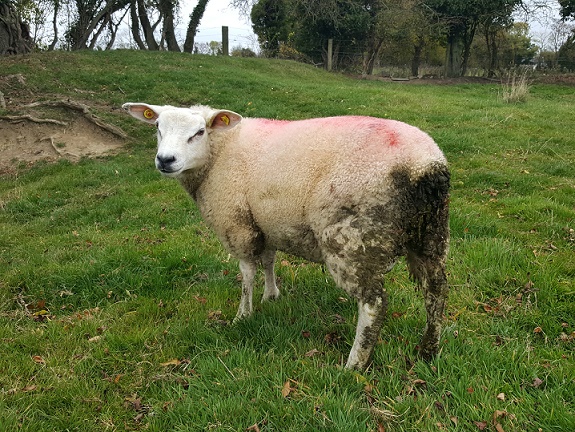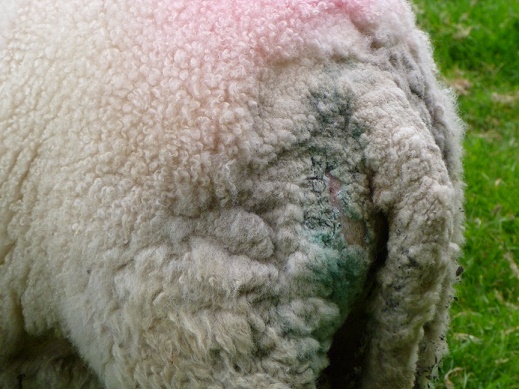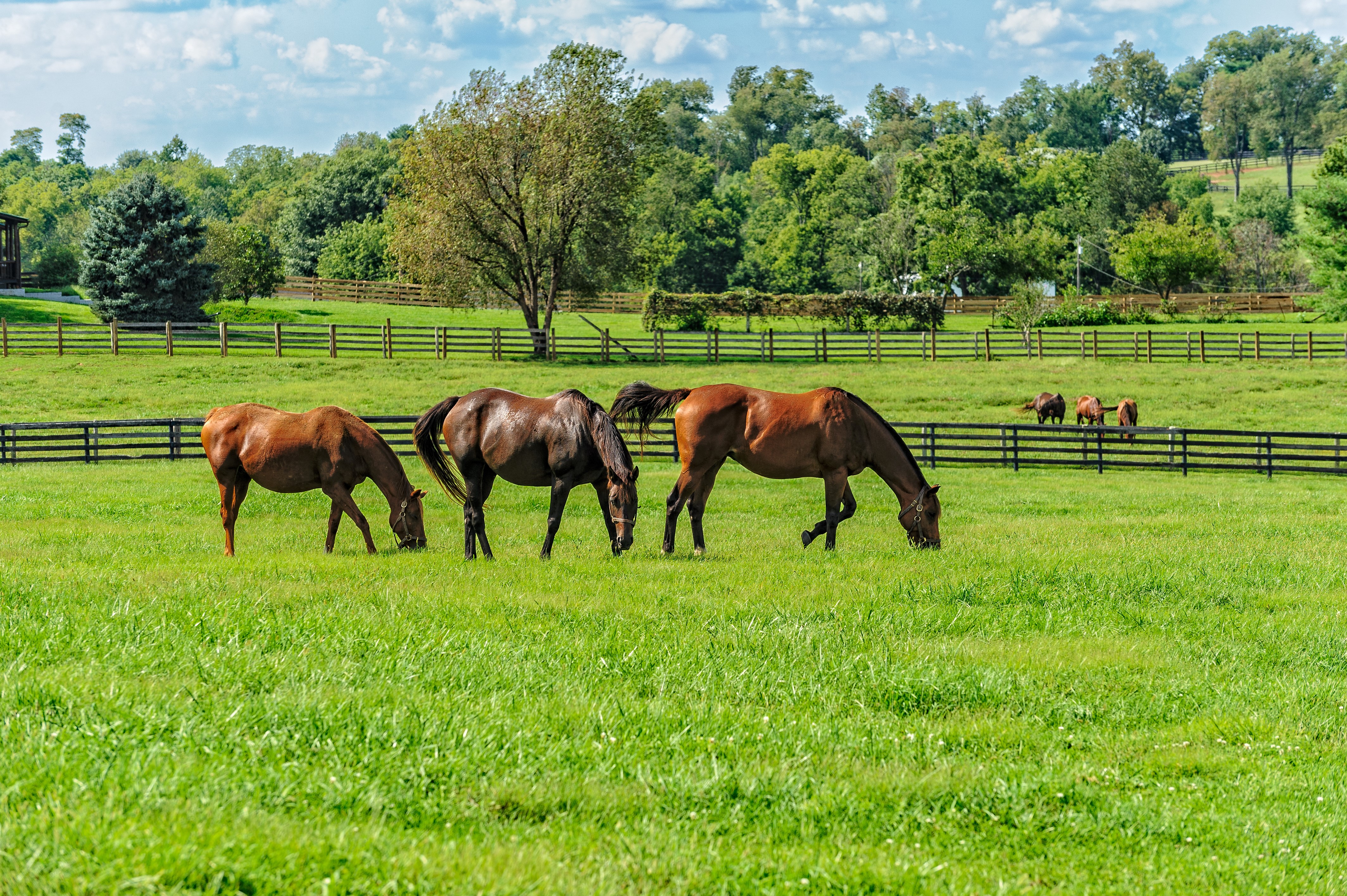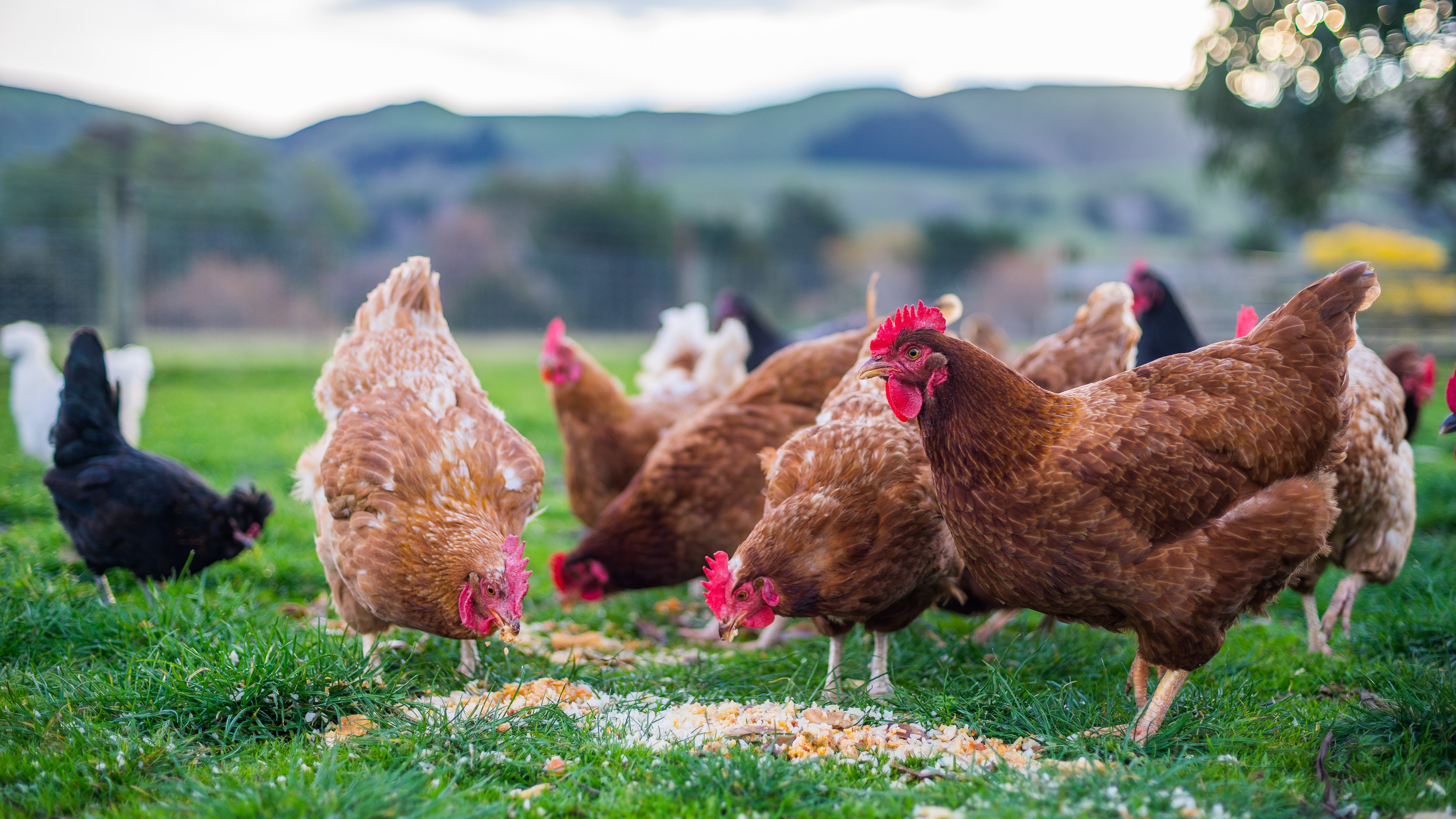Department warns of flystrike cases
The Department of Agriculture, Food and the Marine is warning farmers that recent weather conditions have contributed to the occurrence of cases of fly strike (also known as cutaneous myiasis or maggots) in sheep recently .
This is unusually early for a condition usually considered to occur in summer/autumn. Sheep owners are urged to be vigilant, and to investigate and treat any suspected cases. Affected sheep may spend less time grazing, appear uneasy & agitated, and exhibit foot-stamping; sometimes running intermittently and repeatedly shaking their tails or attempting to bite or nibble at the affected area. Affected areas of the fleece may appear dark or damp, but this may not be obvious until the sheep is restrained and examined. Carefully part the fleece down to skin level in several parts of suspected areas, and the skin damage and clusters of live fly larvae (‘maggots’) will be evident if present.

Ovine cutaneous myiasis (flystrike) is a significant disease which results from an infestation of blowfly larvae. It affects sheep in both the northern and southern hemispheres. It is a very common condition on sheep farms and has been reported to occur in more than 80% of flocks in the United Kingdom, with an annual incidence of 3% and 1.5%, in lambs and ewes, respectively. In primary myiasis, the fly larvae invade unbroken skin and feed on living tissue; whereas in secondary myiasis, the larvae grow on pre-existing lesions, feeding on necrotic (dead) tissue.
Gravid female blowflies are often attracted to individual sheep as a result of localised lesions (e.g. footrot lesions, head wounds in rams) or more generally to the breech area as a result of excessive faecal and urine staining. The eggs which are deposited by the gravid female can rapidly develop under suitable conditions through three larval stages and cause extensive skin damage through the use of proteolytic enzymes, and mouth hooks in the case of the second and third larval stages. Infestation can result in extensive skin trauma, and can lead to toxaemia and death in some cases.
In Europe, the common greenbottle fly Lucilia sericata appears to be the main species involved in primary myiasis. Although other genera of blowflies may also be involved in flystrike, they cannot initiate a strike on intact skin, and will only attack an area that has already been affected by L. sericata larvae. These are termed secondary flies, and examples include some Phormia and Calliphora spp.
The risk of occurrence of flystrike can be increased by:
- Poor parasite control
- Insufficient or infrequent dagging, crutching or tail-docking
- Not shearing prior to the peak period of activity of blowflies
- Infrequent use of either insect growth regulators or insecticides.
In addition, physical characteristics of individual sheep may increase their risk of flystrike. These characteristics include high density of fleece and excessive folding of skin in the breech area.
Control of flystrike includes both mechanical and chemical control methods. Mechanical control may involve dagging, crutching, shearing and tail-docking. The result of each of these practices is twofold as it creates a less attractive and favourable environment for gravid female flies to lay their eggs while also influencing the survival of newly hatched larvae. Chemical control involves the use of insecticides such as organophosphates or pyrethroids, either prophylactically or therapeutically, or the use of insect growth regulators which impede the moulting phase of larvae.

Farmers are encouraged to discuss the prevention and control of fly strike with their private veterinary practitioner as part of a routine flock health management programme.
References
BISDORFF, B., MILNES, A. & WALL, R. 2006. Prevalence and regional distribution of scab, lice and blowfly strike in Great Britain. Veterinary Record, 158, 749.
COUSQUER, G. 2006. Veterinary care of rabbits with myiasis. In Practice, 28, 342.
FRENCH, N. P., PARKIN, T. D. H. & MORGAN, K. L. 1996. A case control study of blowfly strike in lambs. Veterinary Record, 139, 384.
FRENCH, N. P., WALL, R., CRIPPS, P. J. & MORGAN, K. L. 1992. Prevalence, regional distribution and control of blowfly strike in England and Wales. Veterinary Record, 131, 337.
HALL, M. & WALL, R. 1995. Myiasis of Humans and Domestic Animals. In: BAKER, J. R., MULLER, R. & ROLLINSON, D. (eds.) Advances in Parasitology. Academic Press.
JOLLEY, W. R. & BARDSLEY, K. D. 2006. Ruminant Coccidiosis. Veterinary Clinics of North America: Food Animal Practice, 22, 613-621.
PLANT, J. W. & LEWIS, C. J. 2011. Treatment and control of ectoparasites in sheep. Veterinary Clinics: Food Animal Practice, 27, 203-212.
SANDEMAN, R. M., LEVOT, G. W., HEATH, A. C. G., JAMES, P. J., GREEFF, J. C., SCOTT, M. J., BATTERHAM, P. & BOWLES, V. M. 2014. Control of the sheep blowfly in Australia and New Zealand – are we there yet? International Journal for Parasitology, 44, 879-891.
URQUHART, G. M., ARMOUR, J., DUNCAN, J. L., DUNN, A. M. & JENNINGS, F. W. 1996. Veterinary Parasitology, Oxford, UK, Blackwell Science Ltd.
WALL, R. & LOVATT, F. 2015. Blowfly strike: biology, epidemiology and control. In Practice, 37, 181.






